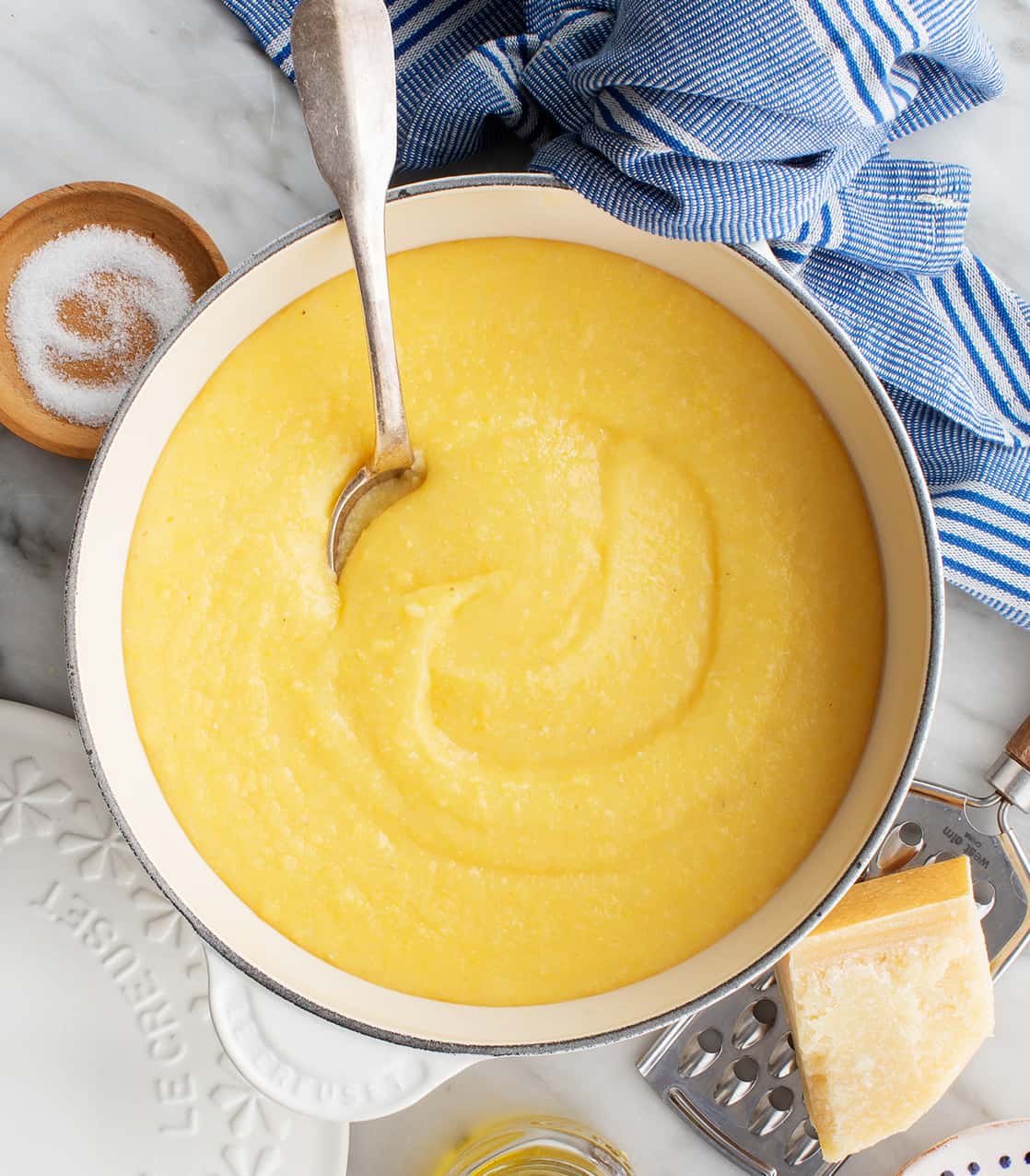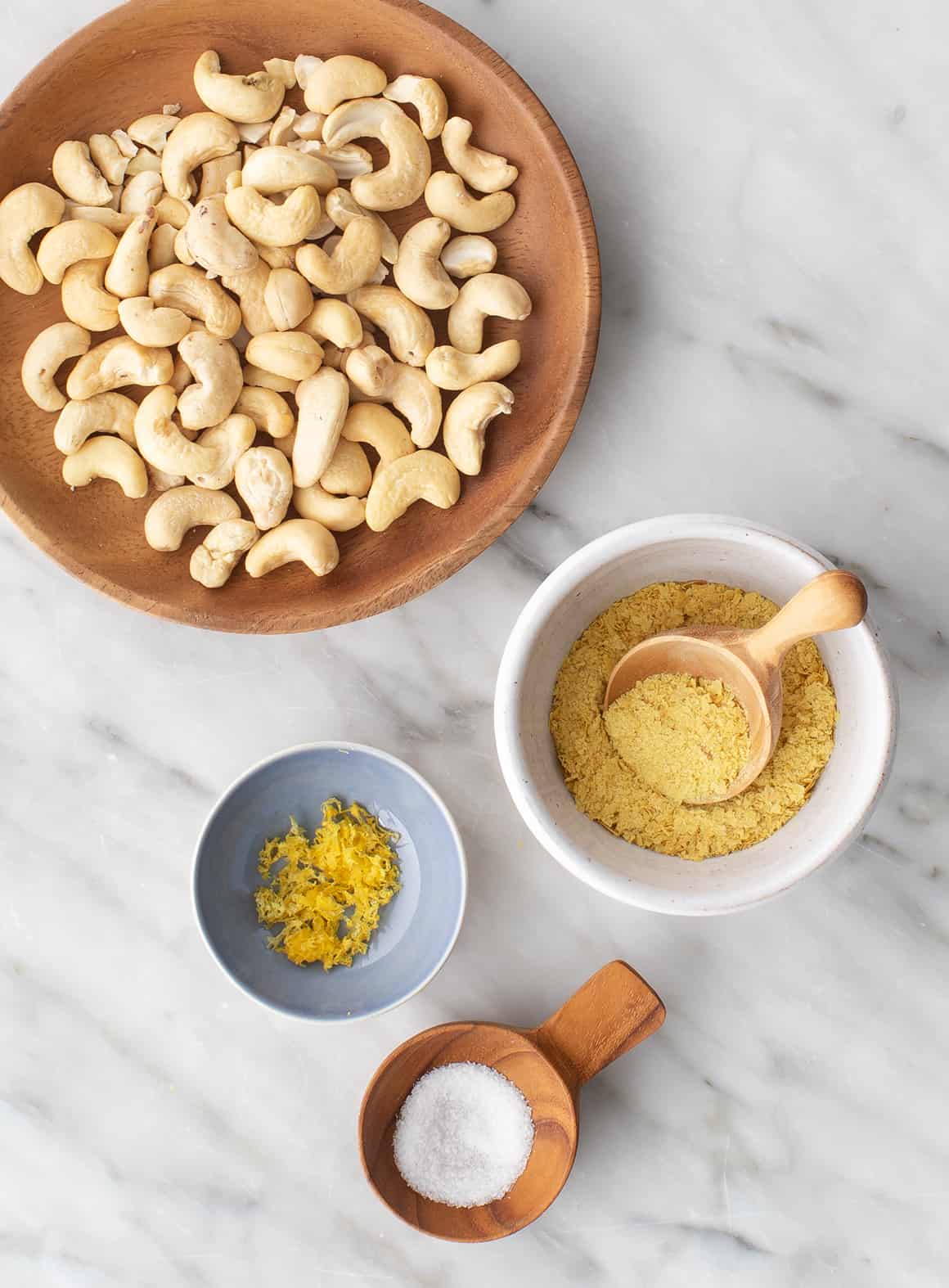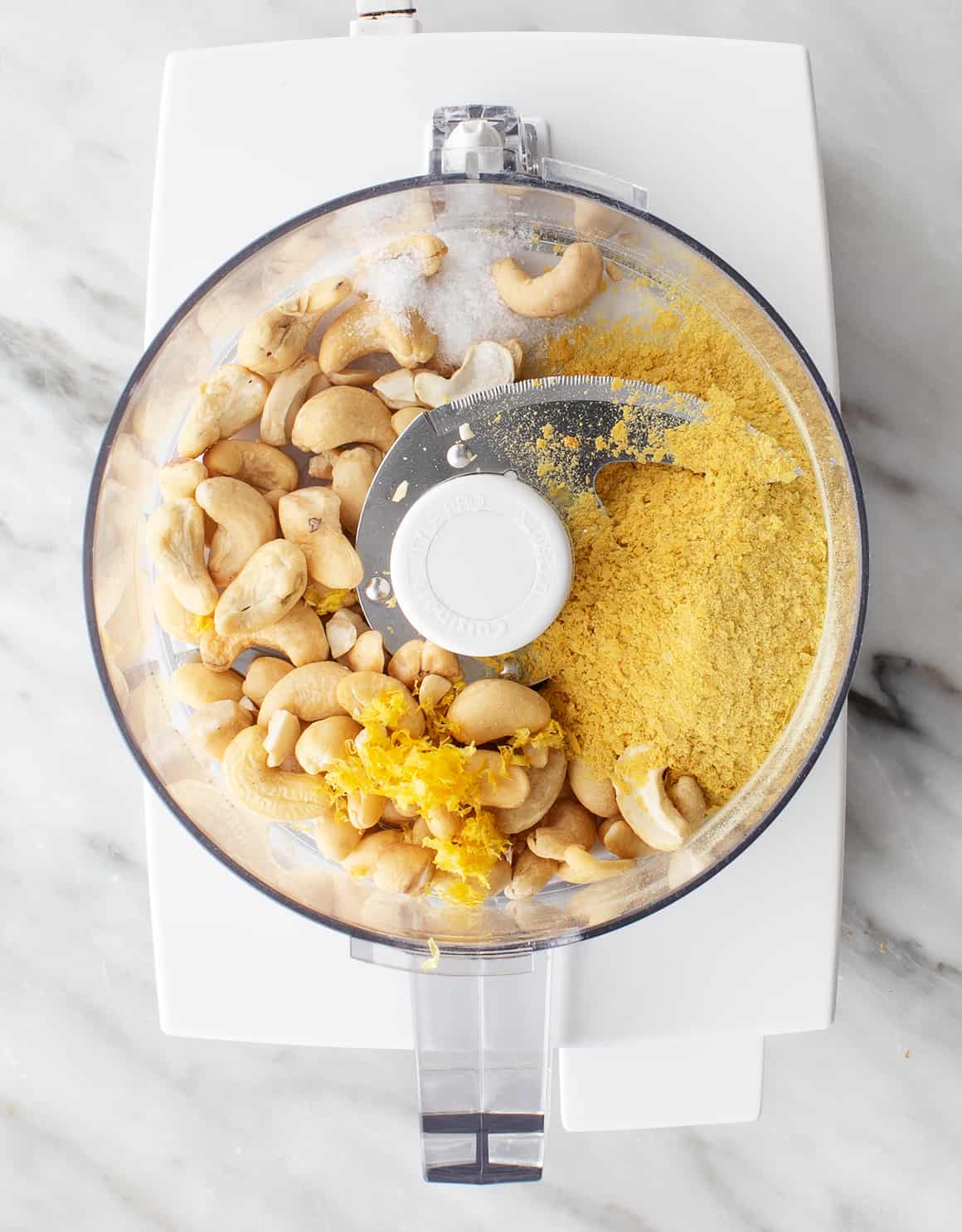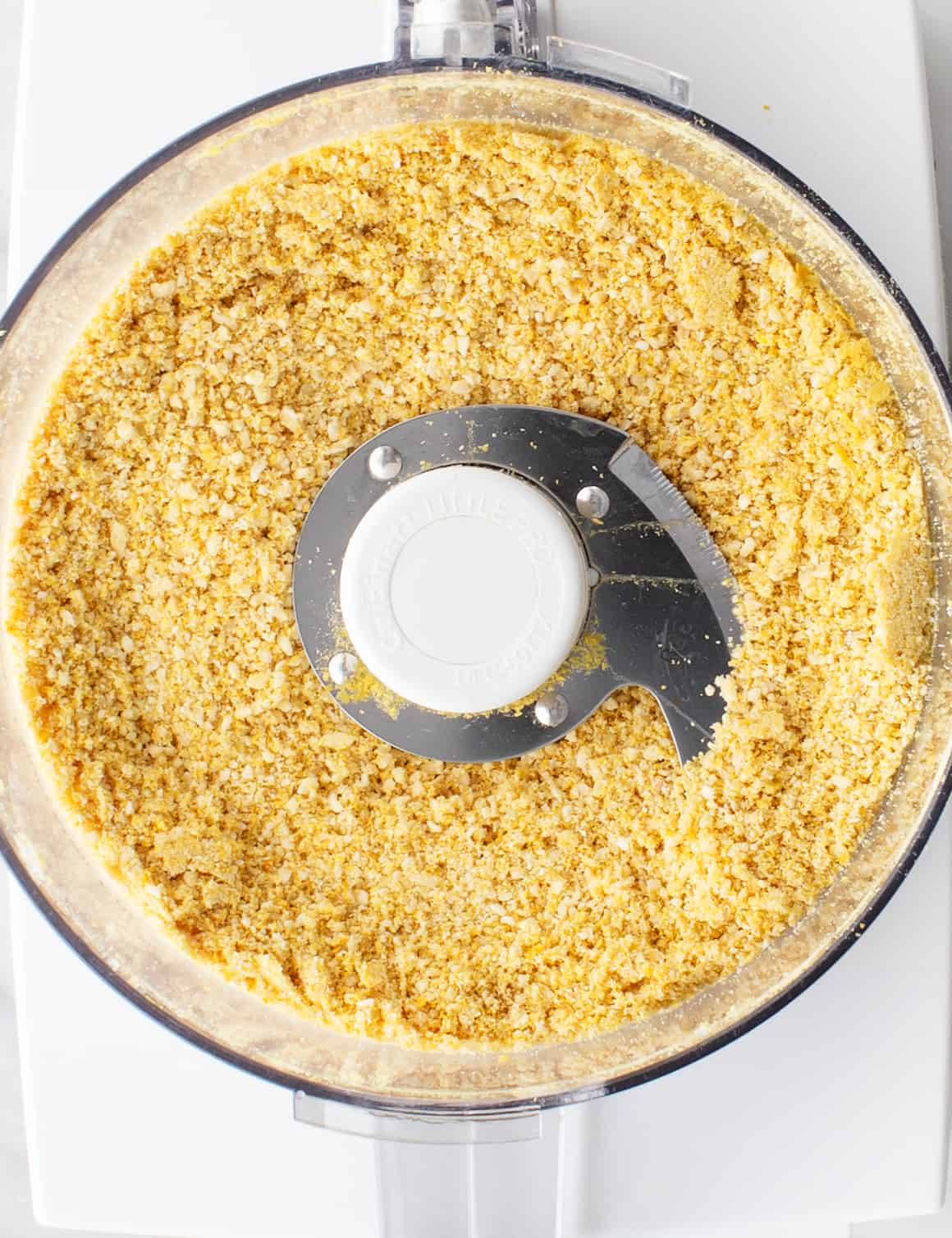These simple sauteed mushrooms are a mouthwatering side dish! I use a mix of mushroom varieties to make this recipe extra-flavorful and fun to eat.
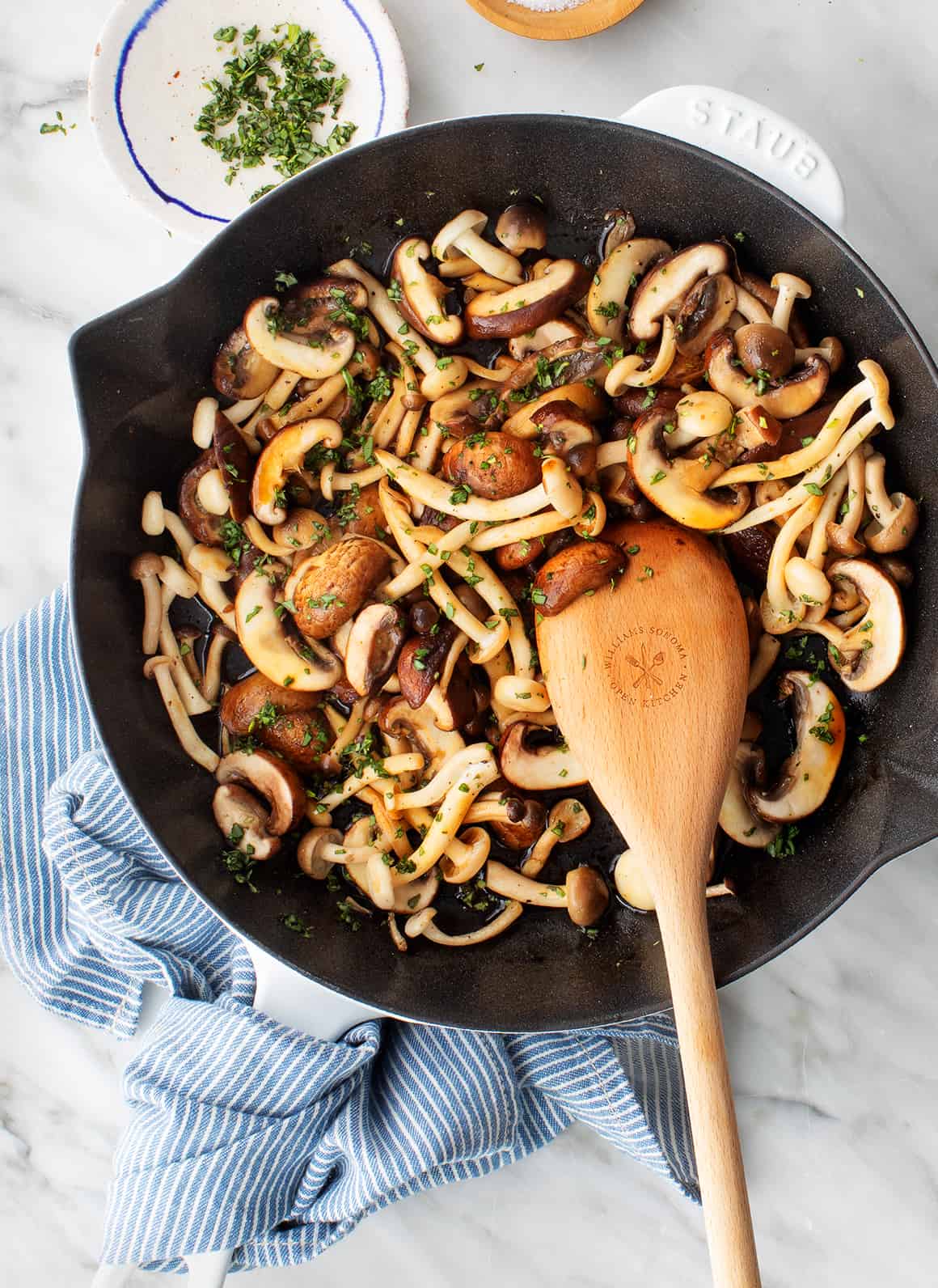



Sauteed mushrooms are so simple, yet so flavorful at the same time. They’re the perfect example of how when you use good-quality, plant-based ingredients, you don’t need to add much to make something delicious.
Mushrooms have an intense umami flavor on their own, so I highlight it with a splash of tamari and tangy rice wine vinegar. I’ve always liked mushrooms, but only when I started cooking them with tamari and vinegar did I completely fall in love. Now, I use these ingredients almost anytime I have mushrooms in my kitchen (see here, here, or here). They really punch up the rich, savory flavor of the mushrooms, and they take these simple sauteed mushrooms to a new level.
Once the sauteed mushrooms are deeply golden brown, I toss them with minced fresh tarragon as a final finishing touch. If you ask me, tarragon + mushrooms are a match made in heaven, but feel free to use this sauteed mushroom recipe as a blank canvas. Nix the tarragon and cook the mushrooms with minced rosemary, thyme, or sage, or garnish them with fresh parsley. Instead of vinegar, deglaze the pan with white wine, or add butter for extra richness. You really can’t go wrong here. Enjoy!

Sauteed Mushrooms Recipe Tips
- Don’t wash them, wipe them! If you wash the mushrooms under running water, they’ll become water-logged, and they won’t brown as they cook. Instead, wipe them clean with a damp paper towel.
- Use a variety of mushrooms. While this recipe will work with just cremini mushrooms, I highly recommend seeking out a mix of mushroom varieties. Each one has a slightly different shape, texture, and flavor, which adds complexity to these simple sauteed mushrooms and makes them fun to eat.
- Don’t move the mushrooms for the first 2-3 minutes. When the mushrooms first go in the hot pan, don’t move them for the first couple of minutes. This way, they’ll get a nice golden brown sear, which adds rich flavor to the final dish.
- And after that, move them only occasionally. Sauteed mushrooms are best when their edges are nicely browned, which results from consistent contact with the hot cast iron. If you move them too much, they’ll soften before they have a chance to brown in the pan.
How to Serve Sauteed Mushrooms
There are so many ways to serve these mushrooms! Here are just a few of my favorites:
- As a side dish with any protein or a hearty pasta like lasagna or baked ziti
- Tossed with pasta, spaghetti squash, or zucchini noodles and a drizzle of cashew cream or marinara sauce
- In a grain bowl! I love to make one with these mushrooms, farro, quinoa, or couscous, roasted chickpeas, and scoops of pesto.
- Topped onto soba noodles or stuffed into a banh mi. (skip the tarragon for either of these)
How do you like to serve sautéed mushrooms? Let me know in the comments!











